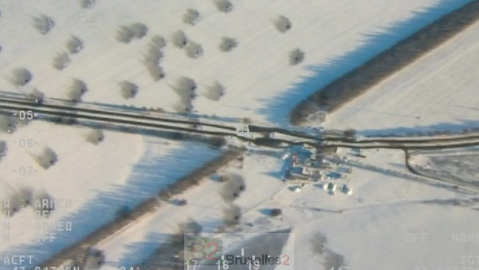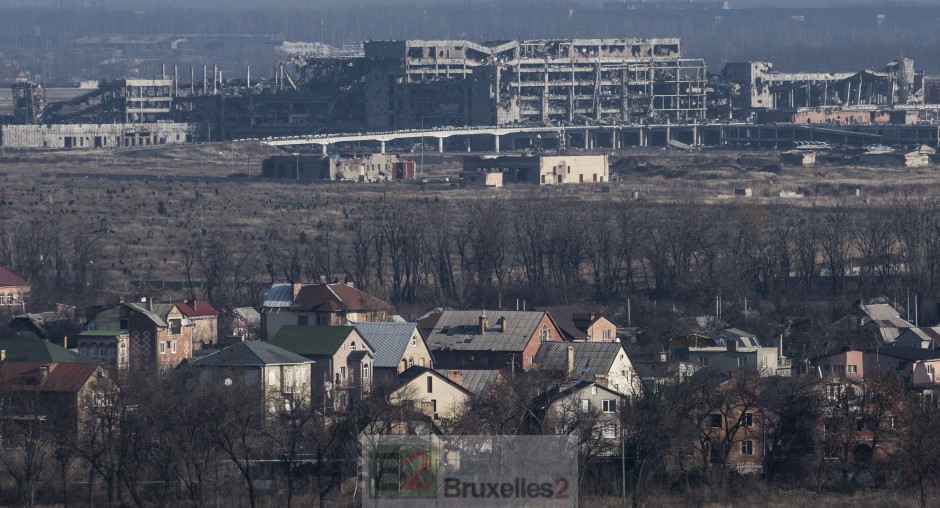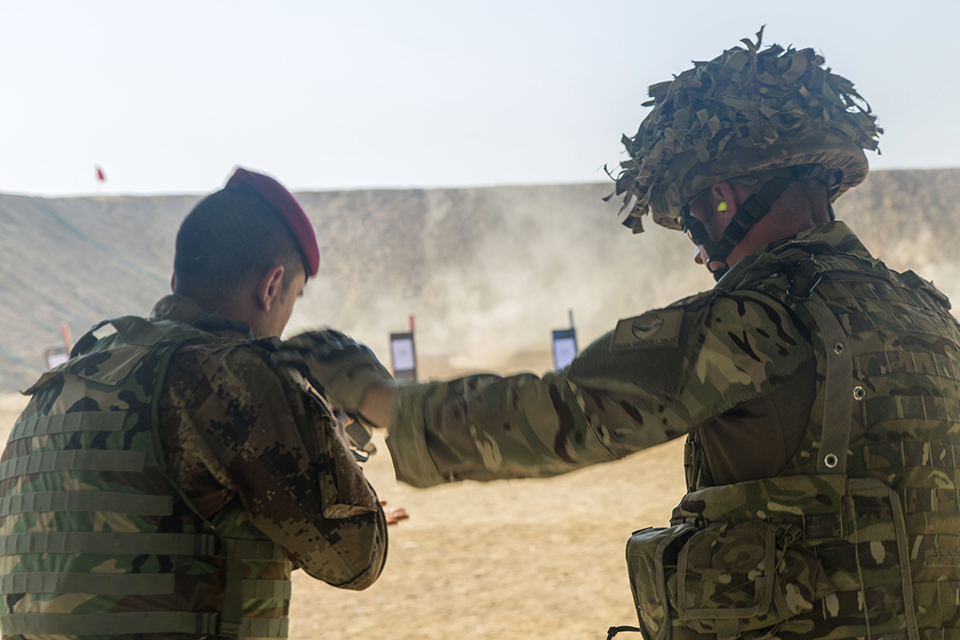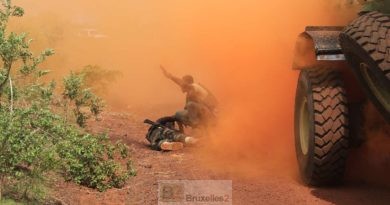Dur, la vie d’un drone dans l’est de l’Ukraine

(B2) L'OSCE a bien du mal à imposer ses vols de drones dans l'est de l'Ukraine, pourtant indispensables pour surveiller le cessez-le-feu et la ligne de front. Tour à tour, Ukrainiens et Russes, forces régulières et irrégulières, s'ingénient à entraver le vol de ces engins, non armés, mais équipés de caméras, ce qui est autrement plus dangereux pour les fauteurs de troubles qui sont ainsi souvent pris sur le fait, de mouvements divers de troupes ou faire revenir des armes lourdes vers la ligne de front...
B2 a compté dans les 30 derniers jours, 7 incidents frappant les "ailes" de l'OSCE. La routine selon ce qu'a dit le chef de l'OSCE de passage à Bruxelles.
Le 28 décembre 2015, un mini-drone est atteint par des tirs d'armes légères dans la zone contrôle par les séparatistes de la LPR (république de Louhansk). L'engin revient à sa base, sans dommage. Une « incompréhension » selon représentant russe au centre de contact qui promet que cela ne se reproduira plus...
« An SMM mini-unmanned aerial vehicle (mini-UAV) was caught in small-arms fire. In “LPR”-controlled Yurivka (26km south-west of Luhansk), the SMM heard 20 single shots of small-arms fire and saw that an armed person – 800m south-west of its position – was firing an AK-47 at an SMM mini-UAV, which it was operating to observe a training ground. The SMM called the mini-UAV back and left the area immediately. The mini-UAV did not sustain any damage. Subsequently, the SMM held a meeting with Ukrainian and Russian Federation representatives of the Joint Centre for Control and Co-ordination (JCCC), where it expressed its concern that the incident happened in spite of the fact that the flight had been notified beforehand with both the JCCC and “LPR” members. Russian Federation representatives of the JCCC stated that due to miscommunication, the “LPR” armed members on the ground had not received necessary information in advance. He added that “LPR” members controlling the area where the incident took place had apologised and given an assurance that such incident would not happen again. (extrait rapport 28.12.2015)
Fin décembre 2015, un militaire séparatiste de la LPR (république de Louhansk) interdit le décollage d'un drone, pour finalement l'autoriser, après avoir reçu un ordre de ses supérieurs (l'OSCE ayant joint le centre joint de contrôle et de coordination)
Armed “LPR” members delayed the SMM launching its unmanned aerial vehicle (UAV) for 30 minutes near “LPR”-controlled Krasnyi Lyman (30km north-west of Luhansk). The “LPR” “commander” initially told the SMM that it could not fly the UAV over the area. The SMM was allowed to conduct the flight after the Joint Centre for Control and Co-ordination intervened and the armed men received instructions from their superiors » (extrait rapport 29.12.2015)
Coup sur coup, les 2 et les 3 janvier, les drones de l'OSCE sont victimes de brouillage dans des zones gouvernementales ukrainiennes.
« SMM unmanned aerial vehicles (UAVs) were subject to jamming on two occasions – on 2 January when flying near the landing site in government-controlled territory and also on 3 January near government-controlled Marinka (22km west of Donetsk city centre) and Maksymilyanivka (30km west of Donetsk city centre). » (extrait rapport 4.1.2016)
Début janvier 2016, un officier ukrainien interdit le déploiement d'un drone pour « raisons de sécurité ».
« In government-controlled Pisky (11km north-west of Donetsk), a Ukrainian Armed Forces officer did not allow the SMM to fly its unmanned aerial vehicle (UAV) in the area. He stated that he had been ordered to prevent the launching for security reasons ». (extrait rapport 5.1.2016)
Le 15 janvier 2016, un drone est atteint par des tirs d'armes légères au dessus de la république de Louhansk, il réussit à revenir à sa base, mais devient inopérable...
An SMM UAV was hit by small-arms fire over “LPR”-controlled Stakhanov (49km west of Luhansk) as it attempted to observe a factory complex occupied by armed “LPR” members.* Although the UAV’s observation capacity was lost, it was able to return to the take-off location. The UAV has been rendered inoperable due to the damage sustained. (extrait rapport 16.1.2016)
Le 29 janvier 2016, le vol des drones est restreint dans la république de Donestsk. L'officier russe de contact avertissant que la sécurité ne peut pas être assuré au-delà d'une certaine zone
« A “DPR” member in “DPR”-controlled Horlivka said that flights of the SMM unmanned aerial vehicle (UAV) – in support of facilitating and monitoring adherence to the ceasefire to enable repair works - would be restricted to a small area over the power line and pipeline works only. A Russian Federation Armed Forces officer from the Joint Centre for Control and Co-ordination (JCCC) agreed and claimed that if the UAV deviated from that small area, its safety could not be guaranteed. As a consequence, the UAV was not launched. » (extrait rapport 30.1.2016)
Etre un drone dans l'est de l'Ukraine n'est donc pas une sinécure. A suivre...
(Nicolas Gros-Verheyde)



